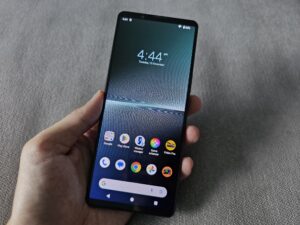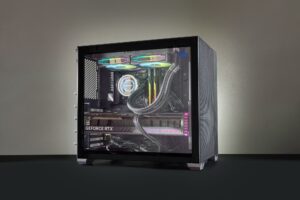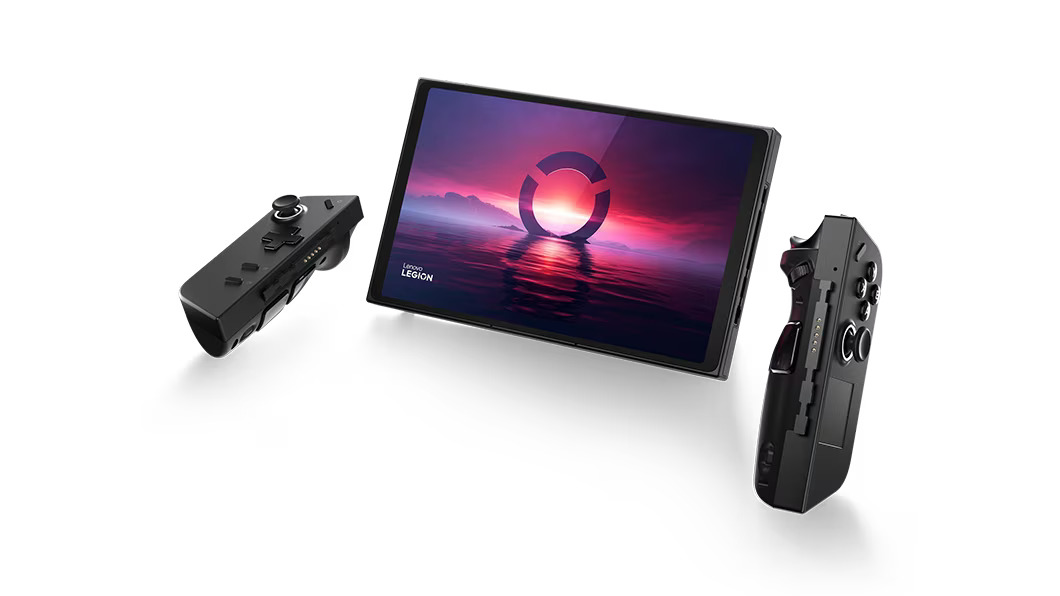
There are many options today if you want to game on the go and go beyond what your modest phone can offer.
The new Lenovo Legion Go is another option now, following on the heels of portable consoles that run PC games, such as the Asus ROG Ally and Steam Deck, that have emerged in the past year or so.
Like its earlier rivals, the form factor of the Legion Go is geared towards gamers who want to avoid opening up their laptops for a few rounds of their favourite games while on a plane or Shinkansen.
Steam started the concept with the Steam Deck, and Asus’ ROG Ally followed this. Lenovo has now joined the fray with the new Legion Go and the new portable PC gaming console has a unique trick to make it stand out.
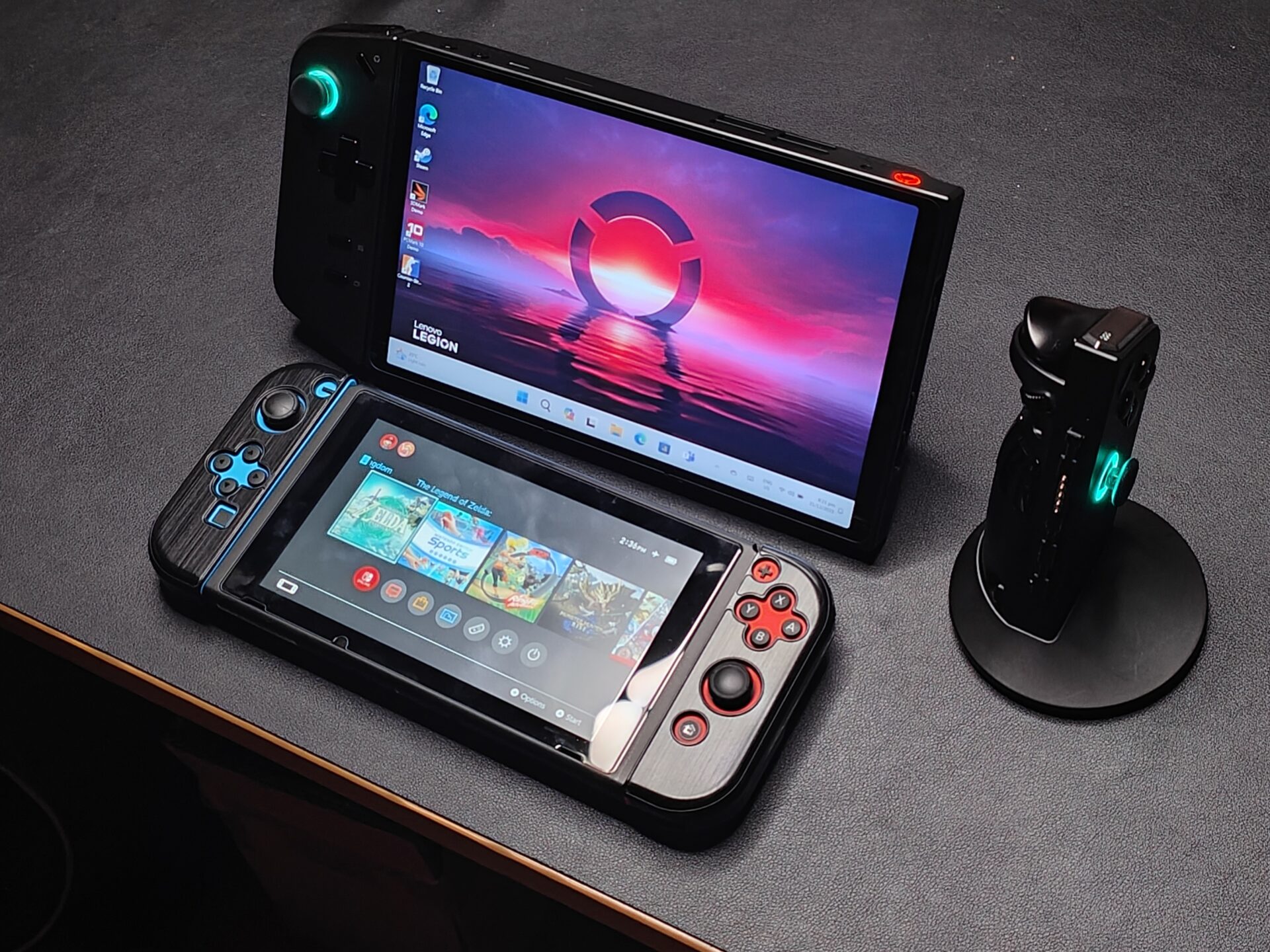
On first impression, I was struck by how similar the Lenovo console is to the Nintendo Switch. It has two detachable controllers, just like how you would use the Switch’s Joy-con controllers. It can be attached to be used like a typical console or taken off and used like the old Wii Nunchuks controllers.
The right controller has a unique desktop holder that props it up and transforms it into a vertical-grip wireless mouse with the button underneath my index finger. The setup resembles a gun trigger and is especially useful for first-person shooter games.
It also helps that the 8.8-inch QHD screen in a 16:10 ratio is big for gaming, though sometimes the words can be small. Its brightest setting at 500 nits is suitable for playing in well-lit places. With a maximum refresh rate of 144hz, the screen is responsive for games, entertainment and work.
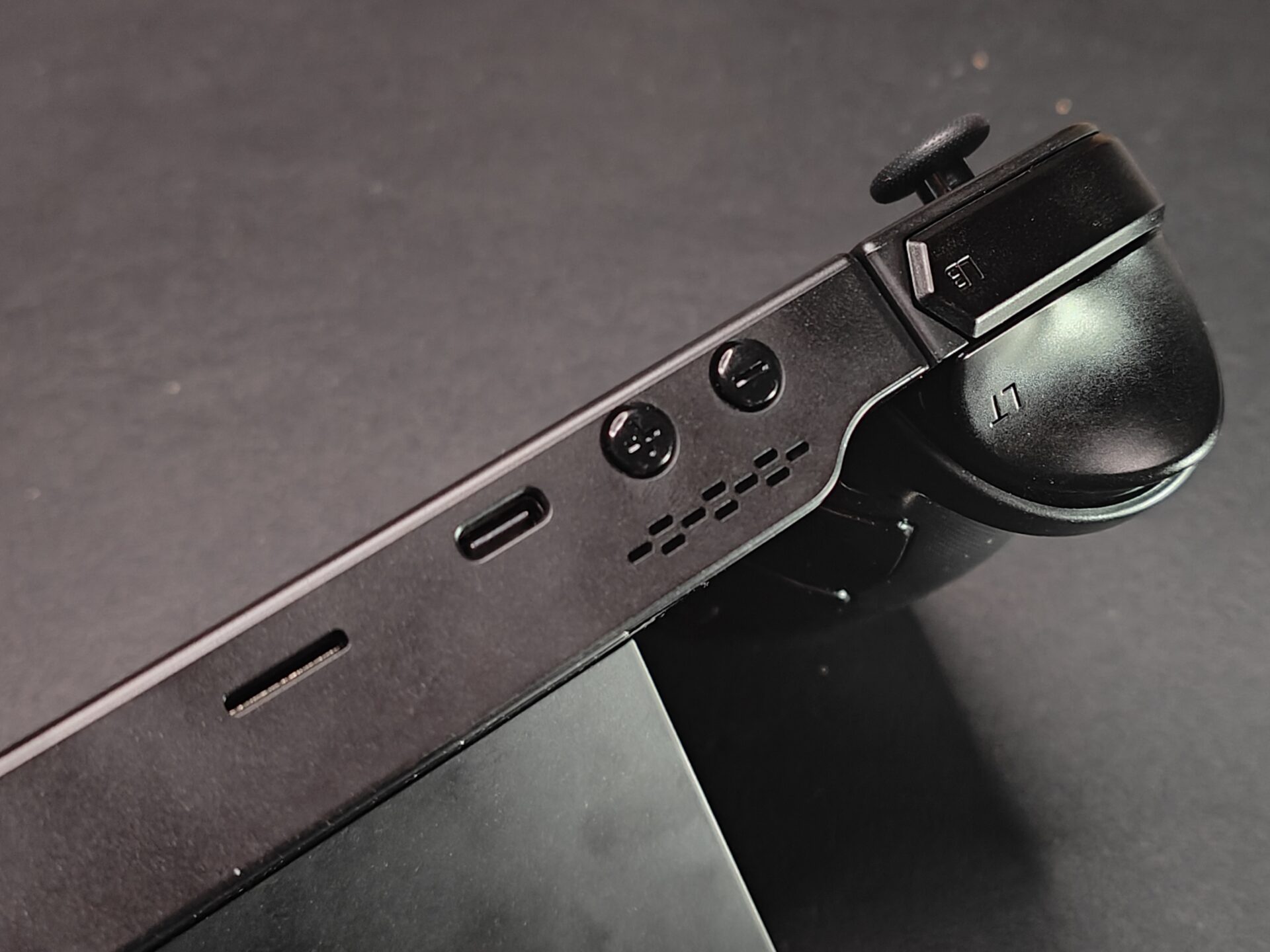
Internally, the Legion Go has the AMD Ryzan Z1 Extreme chip paired with 16GB of RAM. There is ample storage space with a 1TB NVMe M.2 drive when I want to transfer my drone footage using the MicroSD card slot on the console.
Using 3DMark’s Time Spy test to measure the console’s AMD chip performance, I got a score of 2837. It did well against the Lenovo Yoga Book 9i’s 1,681, which comes with an Intel 13th-gen i7 processor.
The Legion Go is a speedy machine with a 6,221mAh two-cell battery that gives you about two hours of playtime in a moderate power setting, which is short for my liking. I recommend that the console be plugged in when in Performance Mode to get the most from the machine.
Around the device, two USB-C 4.0 ports with DisplayPort 1.4 support let you plug in a bigger screen. Add a keyboard and a mouse, and this becomes a desktop PC. The Legion Go has no keyboard, so plan to get a foldable wireless keyboard if you want to bring the console to do some work.
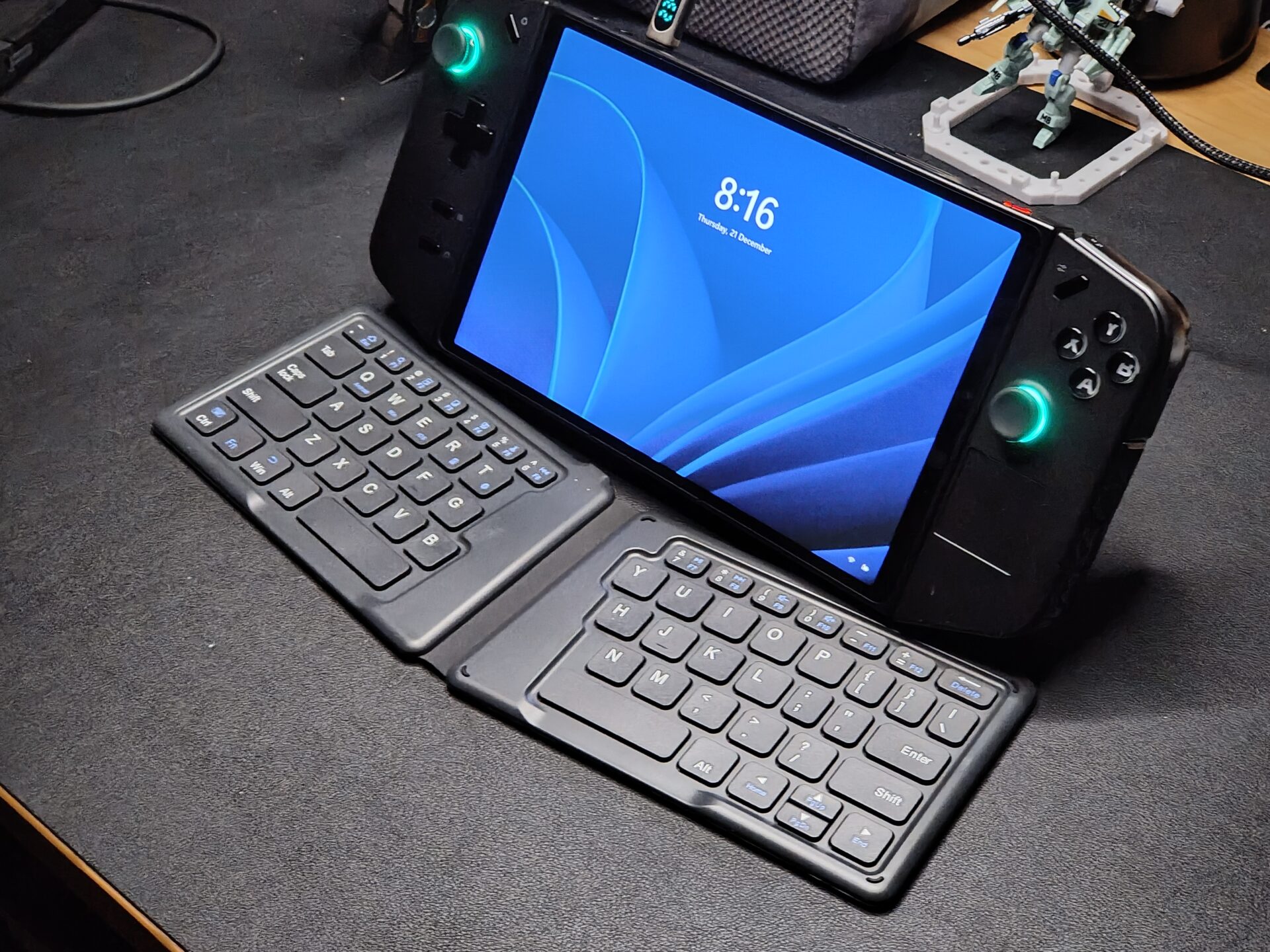
The Lenovo Legion Go also has a 3.5mm audio port to plug in your favourite headphones because the upward-firing speakers are only serviceable at best. The audio is clear, but you will find that the gaming experience will be better with a good pair of headphones.
At 40.7 x 298.83x 131mm, the Legion Go is a big machine compared to a regular phone. Much of this is thanks to its huge screen. Coupled with a case that it comes with, the 854g device is better to be carried around with a backpack.
On the whole, the S$1,149 Legion Go offers something unique and innovative over its closest competitors. Its detachable controllers, which come at the cost of heavier weight and larger size, do make gaming more enjoyable but lower the portability factor.
Note that the price does not include a keyboard, which is essential if you buy the Legion Go for mobile work and play. In other words, the add-ons can add up on your final bill.
For those looking for something smaller but also capable for gaming when travelling, the Nintendo Switch is hard to beat, especially when you can share the console for a two-player game.
